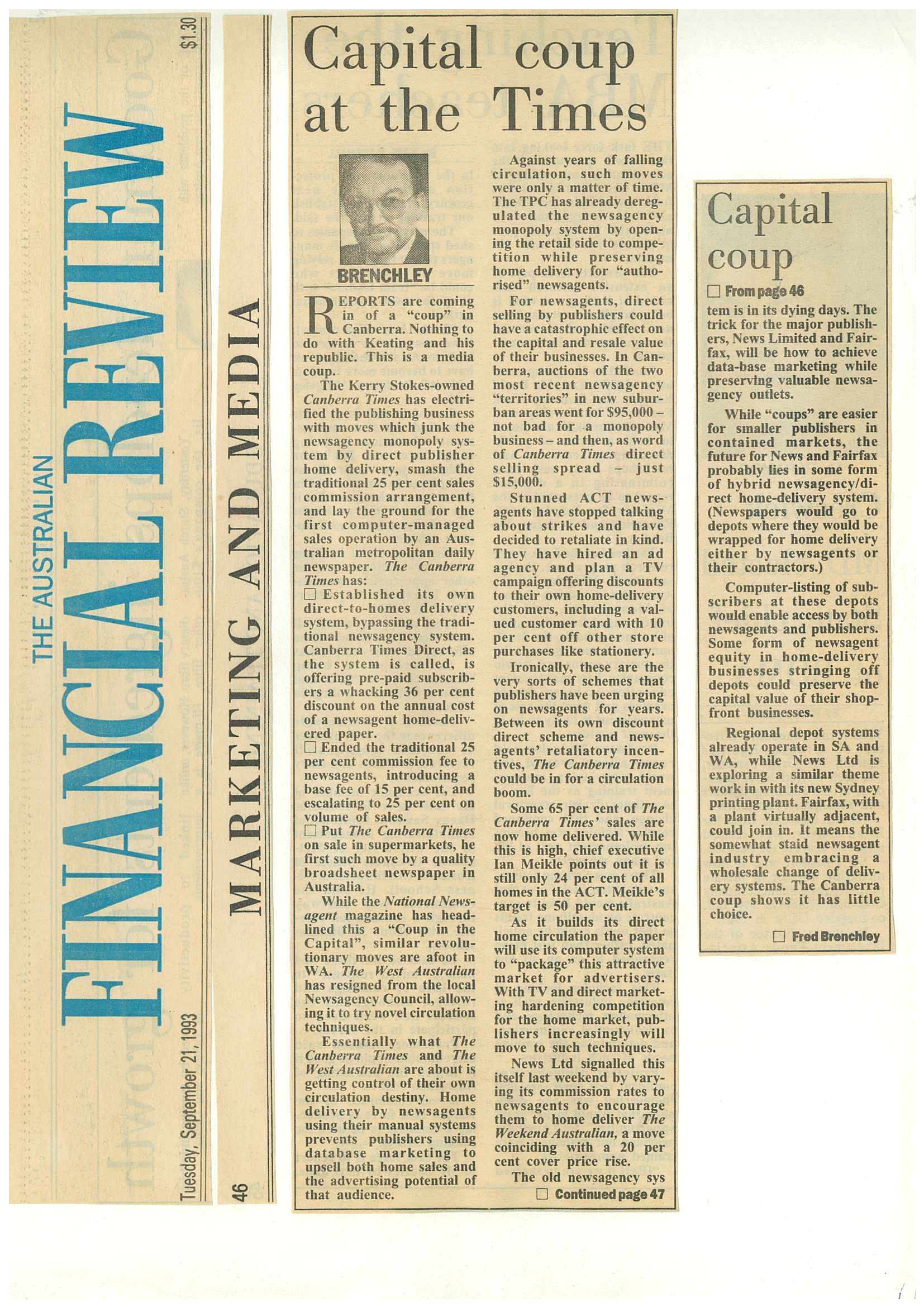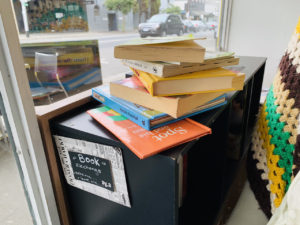The magazine category newsagents can easily grow
The crossword category continues to perform well in newsagencies. Better still, it is a category that responds well to in-store attention. I say this based on my experience and on the experience of newsagents I have recently spoken with.
In one store achieving 4% year on year growth, they boosted that to 8% by changing the location of crossword titles to be next to weekly magazines, using the crossword titles from pacific Magazines and Bauer as the starting point given their connection to some of the weekly titles.
My feeling is crossword shoppers are more likely to be loyal. This is in part due to non newsagency competitors not having the range we have in newsagency businesses. Also, offering a cutaway service helps ensure this stickiness.
Crossword shoppers also shop outside the category. They will buy cards, jigsaws, games and more.
No matter the performance of crosswords in your newsagency today, look over this list of suggested engagement with the category. Each is easy to implement and has no cost. There is no downside to investing a small amount of time in driving crossword sales.
Move the location of crosswords in the magazine department. My suggestion is next to the weeklies. If there is not enough room for all, at least in produce a column of crosswords.
- Place crossword titles with their parent brand: Better Homes and Gardens and Australian Women’s Weekly, for example.
- Pitch a crossword or two at the counter.
- Trial placing your most popular two crosswords next to daily newspapers. Count how many you place so that you can measure the success.
- Run a loyalty program for magazines. Crossword shoppers will appreciate this and drive more whole of business shopping as a result.
- If you have a table where shoppers can sit for a while, consider opening a crossword and placing some pens nearby so people can engage.
- Shine a light on your range on social media – let locals know that your business is the local destination from crosswords.
In my experience, a small investment in crosswords pays off in sales growth. Given the loyalty of the crossword shopper, this growth is valuable for more of the business.






